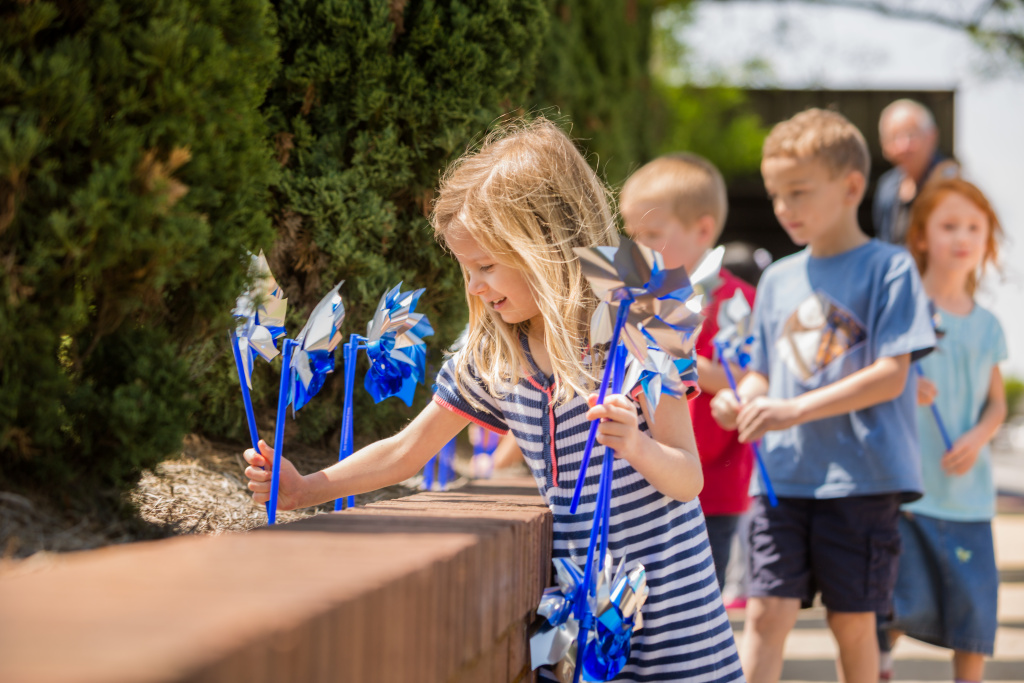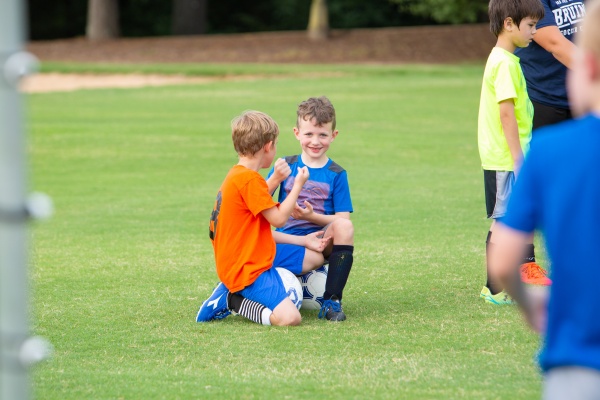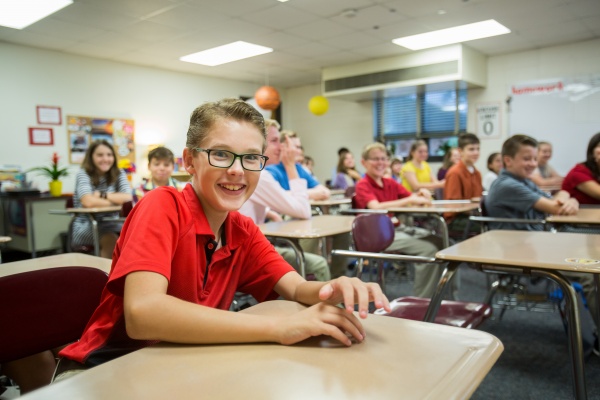To Christians, service is a familiar and comfortable concept. We are commanded in the New Testament to “serve one another” (Galatians 5:13b) and see numerous examples of service throughout God’s Word. Interestingly, service is now a buzzword in education as well. Students of all ages can participate in and benefit from service learning projects. However, in order to effectively implement these projects, teachers need to be aware of the components of service learning as well as the benefits and potential problems.
The Definition
Service learning can be defined as “a form of experiential education in which students engage in activities that address human and community needs, together with structured opportunities for reflection designed to achieve desired learning outcomes.”[1] Although that definition seems a bit wordy, it contains some important ideas: experiential education, meeting needs, reflection and learning outcomes. Service learning is far more than traditional community service. So what makes service learning different?
Like community service, service learning is designed to meet needs. However, the project is also designed to achieve educational goals and objectives. Therefore, the project is actually reciprocal: each group involved has needs that are being met.
Unlike community service, service learning also requires reflection. This reflection should occur before, during and after the project and could take a variety of forms such as journals, essays, drawings, videos, interviews or debates. Reflection gives students an opportunity to broaden their thinking and connect the project to academic content.
The Forms
Service learning can take a variety of forms. Direct service involves interacting directly with the recipients. Indirect service benefits the recipients directly but is not face-to-face. Advocacy gives students the opportunity to make the community aware of a particular issue and encourage action. Research involves gathering information and making it available to the community.
The Benefits
Service learning is clearly beneficial to the students and the community, but it benefits other groups as well. Teachers have more creative ways to meet their goals and objectives. Administrators might see their teachers and students energized and eager to participate. Parents could springboard from the project and do service learning projects as a family. And schools have the opportunity to increase awareness of their programs while ministering to the community.
The Potential Problems
As with any program, potential problems do exist. Community partnerships might fall through, planned events could be delayed or canceled, or participants might feel overwhelmed. Anticipating every issue is impossible, so teachers need to be flexible.
In secular education, service learning is primarily focused on social justice. Although Christians should be aware of these issues, our emphasis in service learning should be on ministering to those in need and sharing the Gospel with them. Are the students in our classrooms cognizant of the needs around them? Could we perhaps meet some of our current educational goals in a more creative way? Let’s give our students the opportunity to research a need, craft a plan for meeting that need, implement the plan, and reflect on the process as a whole. Along with meeting academic objectives, students will be practicing vital 21st-century skills such as collaboration and communication. Service learning projects have the potential to be a powerful testimony to the community while reciprocally benefitting our students spiritually, academically and socially.
[1] Jacoby, B. (2015). Service-learning essentials: Questions, answers, and lessons learned. San Francisco, CA: Jossey-Bass.
Resources
Cress, C. M., Collier, P. J., & Reitenauer, V. L. (2013). Learning through serving: A student guidebook for service-learning and civic engagement across academic disciplines and cultural communities. Sterling, VA: Stylus.
Kaye, C. B. (2010). The complete guide to service learning: Proven, practical ways to engage students in civic responsibility, academic curriculum, & social action. Minneapolis, MN: Free Spirit Publishing.








